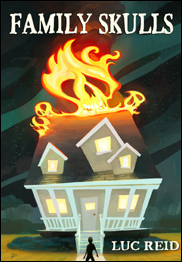In my recent post about getting files organized, I mentioned the importance to me of having something I could do with every piece of paper I processed. The set of options I consider is mainly based on Dave Allen’s process as set forth in his organizational book Getting Things Done, which I can’t seem to shut up about in posts lately. More on that book in a separate post. For now, I thought I’d briefly list all of the options I consider when I pick up a random piece of paper and ask myself “What should I be doing with this?”
I use closely-related variations of this for e-mails, physical objects, ideas, recollections that I need to do something, and anything else in my life I might need to deal with. By putting something through this process, I can take it off my mind because I know I’ve captured it and know what to do next. If you know everything that I might do with a piece of paper, I can make it stop nagging me.


